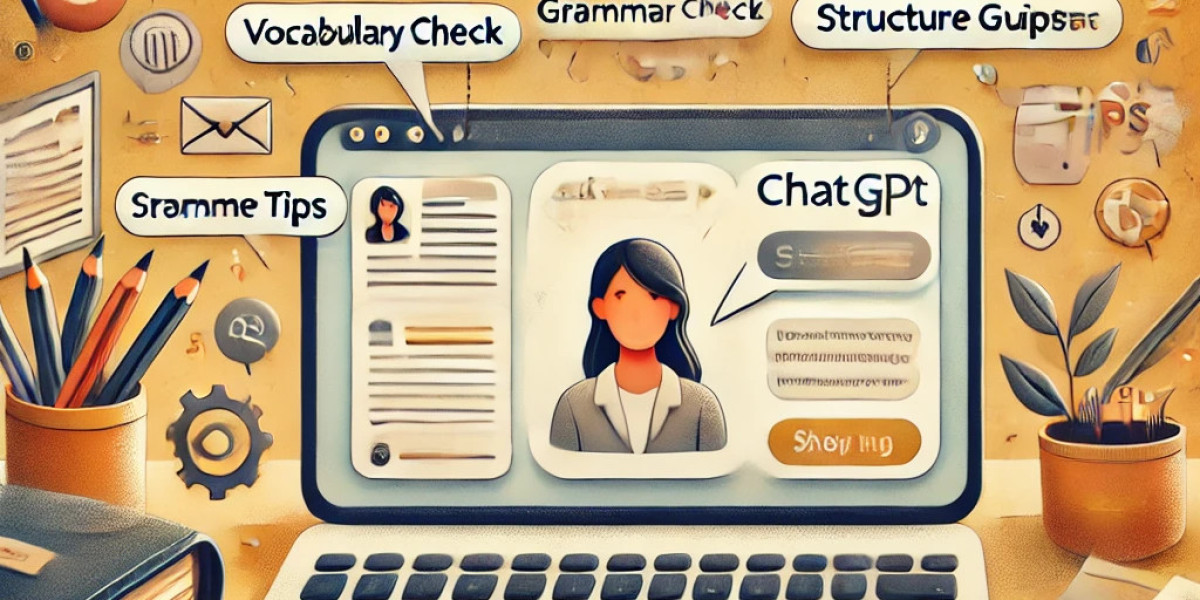Introduction
The rise of artificial intelligence (AI) has transformed industries, enabling rapid advancements in content creation, automation, and decision-making. However, with this evolution comes the need to identify and regulate AI-generated content to maintain authenticity and trust. At this point, an AI detector becomes crucial. In this article, we’ll delve into what an AI detector is, their importance, how they work, and their applications across various sectors.
What is an AI Detector?
An AI detector is a specialized tool designed to identify whether content—such as text, images, or videos—has been generated by AI or created by a human. These detectors analyze patterns, structures, and other markers that distinguish AI-generated material from organic human production.
As AI-generated content becomes increasingly sophisticated, the demand for accurate AI detectors has grown. They play a crucial role in maintaining the integrity of information, ensuring fairness, and preventing misuse of AI technology.
How Does an AI Detector Work?
AI detectors rely on advanced algorithms and machine learning techniques to determine the content's origin. Following is a comprehensive description of how they work:
Content Analysis: The detector scans the input for anomalies, patterns, and stylistic markers characteristic of AI-generated content.
Comparison: The tool compares the content against a database of known AI models and their typical outputs.
Probability Scoring: The detector assigns a score indicating the likelihood that the content is AI-generated.
Reporting: Results are presented in an easy-to-understand format, highlighting sections of the content flagged as AI-created.
For instance, an AI-generated essay might use overly consistent sentence structures or a limited vocabulary range—both of which can be flagged by the detector.
Why is an AI Detector Important?
AI detectors address critical challenges posed by the rise of AI-generated content. Here are a few reasons why they are essential:
Preserving Authenticity: They help differentiate between human-crafted and machine-generated content, ensuring transparency.
Preventing Plagiarism: AI detectors aid educators and institutions in identifying content generated by AI tools like Chat GPT or Jasper AI.
Combating Fake News: In an era of misinformation, these tools help verify the authenticity of news articles, social media posts, and other digital content.
Protecting Creative Integrity: Writers, artists, and content creators rely on AI detectors to ensure their work is not unfairly replicated by AI systems.
Applications of AI Detector
AI detectors are used in various fields, reflecting their versatility and significance:
Education: Detecting AI-generated assignments or essays to maintain academic integrity.
Publishing: Verifying originality in articles, blogs, and other content submissions.
Recruitment: Ensuring resumes or cover letters are authentically written by job applicants.
Marketing: Identifying AI-written ad copy to uphold transparency in brand communications.
Journalism: Verifying sources and preventing the spread of AI-generated misinformation.
For more information, ai detector
Challenges Faced by AI Detector
Despite their effectiveness, AI detectors are not without challenges:
Evolving AI Models: As AI becomes more advanced, its outputs grow harder to detect, requiring constant updates to detection algorithms.
False Positives and Negatives: Even the best detectors may occasionally misclassify content, necessitating manual review.
Ethical Concerns: Using AI detectors raises questions about privacy and data security, particularly when analyzing sensitive content.
To address these issues, developers continue to refine AI detectors, focusing on improving accuracy and ethical standards.
The Future of AI Detector
The future of AI detectors looks promising as technological advancements make them more robust and reliable. Innovations we can expect include:
Real-Time Detection: Tools that can assess content as it is being created or uploaded.
Cross-Media Capabilities: Detecting AI involvement in not just text but also images, audio, and videos.
Deep Integration: Incorporating AI detection into platforms like social media, search engines, and content management systems.
With these developments, AI detectors will remain a cornerstone of content authenticity in an AI-driven world.
Conclusion
AI detectors are indispensable tools for maintaining trust and integrity in the digital age. By identifying AI-generated content, they help combat plagiarism, misinformation, and unethical use of technology.
As AI continues to evolve, so too must the tools designed to monitor its application. The integration of AI detectors into various industries is not just a precaution—it’s a necessity for fostering transparency and accountability in the age of artificial intelligence.
For more information, click here








